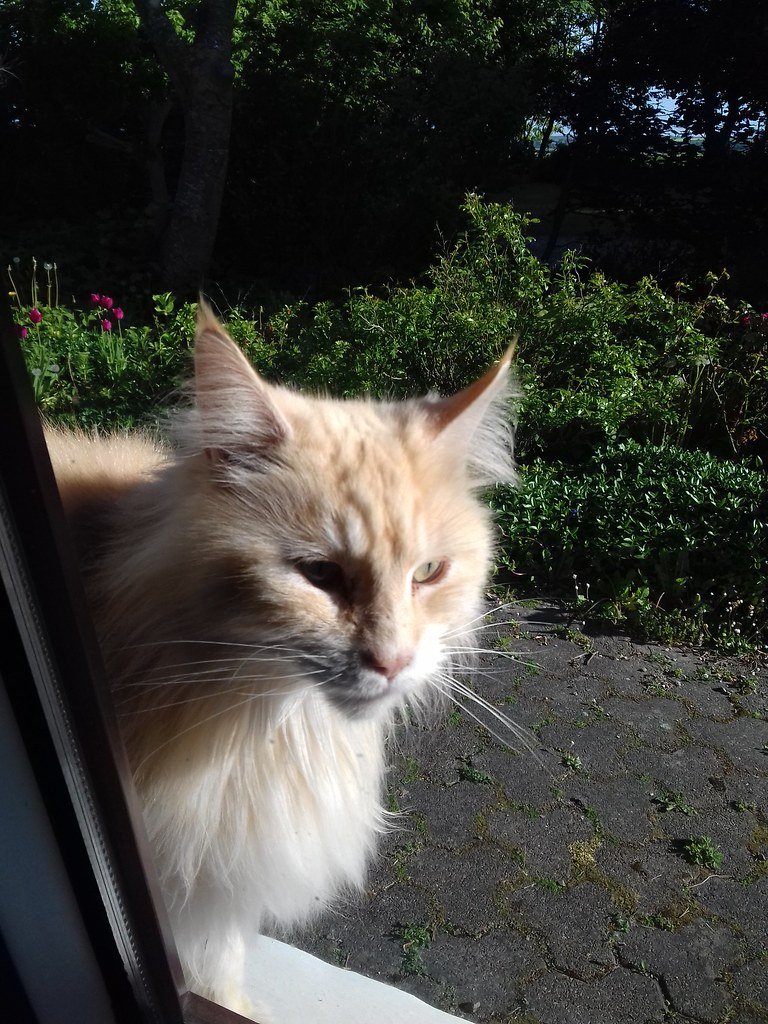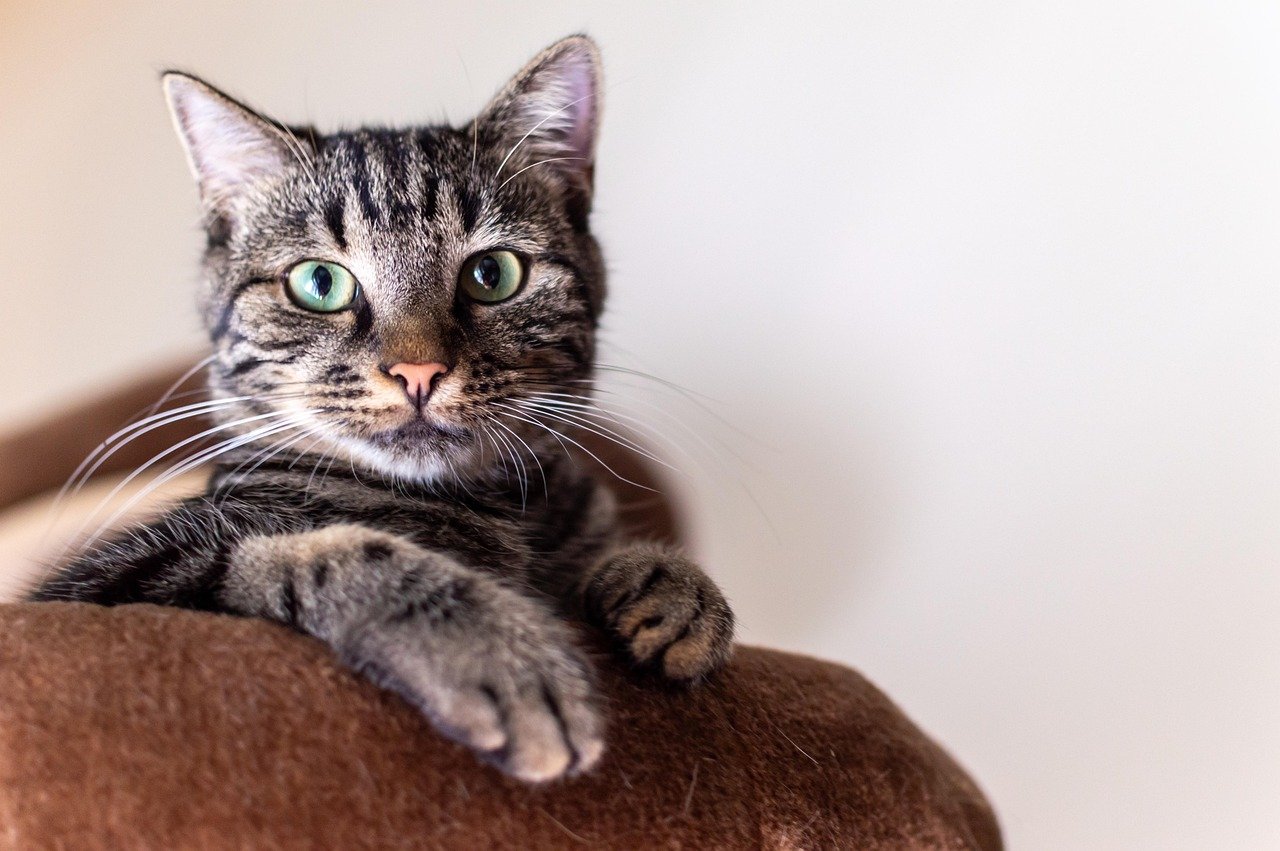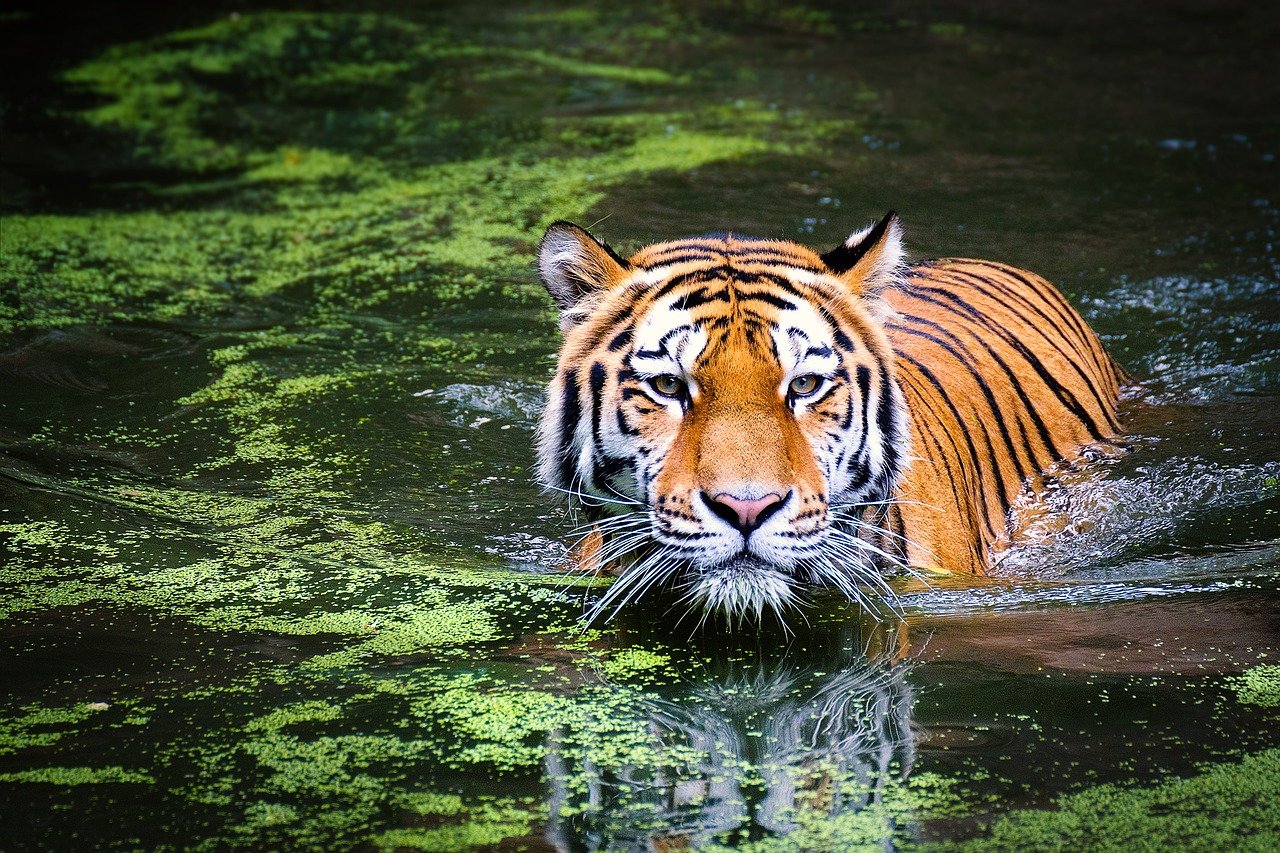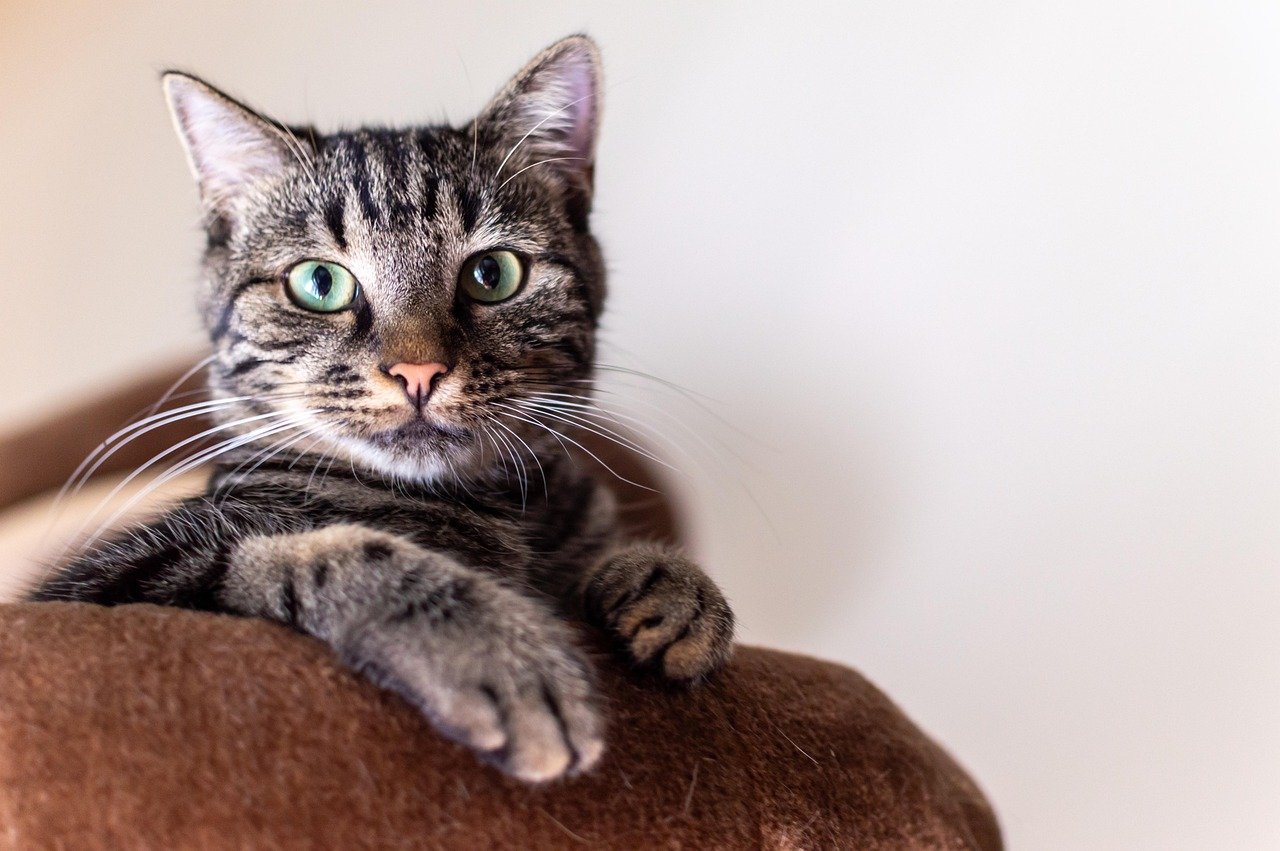Dinofelis: The False Saber-Tooth Pack Hunter

Most people think of prehistoric cats as solitary hunters, but Dinofelis completely shatters that assumption. These powerful predators roamed Africa and Asia around 5 million years ago, working together in coordinated groups to take down massive prey.
Unlike their modern cousins, Dinofelis had surprisingly social behavior patterns. Fossil evidence shows multiple individuals found together, suggesting they lived and hunted as a team. Their sturdy build and impressive canine teeth made them formidable pack hunters who could tackle animals much larger than themselves.
Homotherium: The Scimitar Cat Cooperative

Homotherium earned its nickname “scimitar cat” from its distinctive curved upper canines, but its real claim to fame was its pack hunting strategy. These cats were built for endurance rather than explosive power, making them perfect for group pursuits across open terrain.
Archaeological discoveries in Texas revealed an entire den filled with Homotherium remains alongside juvenile bones, proving these cats raised their young together. Their social structure resembled modern wolves more than any living cat species. The pack could pursue prey for miles, wearing down even the largest megafauna of the Pleistocene era.
Panthera leo fossilis: The Ancient Lion’s Extended Family

Before modern lions ruled the African savanna, Panthera leo fossilis dominated Europe and Asia with even more complex social structures. These prehistoric lions formed larger prides than their modern descendants, sometimes including up to 30 individuals working together.
Cave paintings from early humans actually depict these massive lion prides hunting in coordinated formations. The sheer size of their social groups allowed them to take down woolly mammoths and cave bears that would be impossible for solitary hunters to tackle. Their cooperative hunting made them apex predators across two continents.
Machairodus: The Original Saber-Tooth Team

Machairodus represents one of the earliest examples of pack hunting among prehistoric cats, dating back over 10 million years. These cats developed their social behavior long before their more famous saber-toothed cousins appeared on the scene.
Fossil sites across Europe and Asia show clear evidence of group living, with multiple adult Machairodus specimens found alongside shared kill sites. Their hunting strategy involved surrounding large prey animals and using their impressive saber teeth to deliver coordinated attacks. This teamwork approach gave them a significant advantage over other predators of their time.
Xenosmilus: The Cookie-Cutter Cat Collective

Xenosmilus earned its unusual nickname from its uniquely serrated teeth that worked like cookie cutters, but its pack hunting behavior was equally distinctive. These cats lived in Florida around 1.8 million years ago and developed sophisticated group hunting techniques.
Unlike other saber-toothed cats that relied on solo ambush tactics, Xenosmilus worked in coordinated groups to slice through prey with their specialized teeth. Fossil evidence suggests they hunted in family units, with parents teaching young cats the complex techniques needed for successful pack hunting. Their social bonds were surprisingly strong for prehistoric felines.
Megantereon: The Dirk-Toothed Duo Hunters

Megantereon might have been smaller than other saber-toothed cats, but what it lacked in size, it made up for in teamwork. These “dirk-toothed” cats typically hunted in pairs or small groups, using their compact build to their advantage.
Recent fossil discoveries in South Africa revealed multiple Megantereon individuals buried together after apparently being caught in a flash flood while hunting as a group. Their hunting strategy involved one cat distracting prey while others positioned themselves for the kill. This cooperative approach allowed them to successfully hunt animals much larger than themselves across three continents.
Paramachairodus: The Pioneering Pack Predator

Paramachairodus represents the evolutionary bridge between solitary and social hunting among prehistoric cats. Living around 15 million years ago, these cats were among the first to develop pack hunting behaviors that would influence later saber-toothed species.
Fossil evidence from Spain and China shows these cats lived in multi-generational groups, with experienced adults teaching hunting techniques to younger members. Their social structure was remarkably advanced for such an early cat species. The success of their pack hunting strategy helped them spread across vast territories, from Europe to Asia, establishing the foundation for future social cat species.
Why Pack Hunting Gave These Cats an Edge

Pack hunting offered these prehistoric cats several crucial advantages over their solitary cousins. Working together allowed them to take down megafauna that would have been impossible for individual hunters to tackle, from giant ground sloths to early elephants.
The cooperative approach also provided better protection for young cats and increased survival rates during harsh climatic changes. These social bonds created stronger, more resilient populations that could adapt to environmental challenges. Pack hunting essentially gave these cats access to a much wider range of prey species and territories.
The Social Structure That Made It Work

These prehistoric pack hunters developed surprisingly complex social hierarchies that rivaled modern wolf packs. Alpha pairs led the group, making crucial decisions about hunting territories and prey selection, while subordinate members had specific roles during hunts.
Communication played a vital role in their success, with evidence suggesting they used a combination of vocalizations, body language, and scent marking to coordinate their activities. The strongest members would engage prey directly while others flanked from the sides or cut off escape routes. This level of coordination required intelligence and social bonds that went far beyond simple opportunistic grouping.
What Modern Cats Can Learn From Their Ancestors

While most modern cats are solitary hunters, some species like lions still demonstrate the effectiveness of cooperative hunting strategies inherited from their prehistoric ancestors. The complex social behaviors we see in lion prides directly trace back to these ancient pack hunting cats.
Even domestic cats show remnants of pack hunting behavior when they live in colonies, coordinating their activities and sharing resources in ways that echo their prehistoric relatives. These ancient hunting strategies prove that cooperation, not just individual prowess, played a crucial role in feline evolution. Understanding these prehistoric pack hunters helps us appreciate just how diverse and adaptable the cat family has always been.
Conclusion

These seven prehistoric cats completely revolutionize our understanding of feline behavior and evolution. Far from being solitary hunters, they developed complex social structures and cooperative hunting strategies that allowed them to dominate their ecosystems for millions of years.
Their success challenges everything we thought we knew about prehistoric predators and shows that teamwork has always been a winning strategy in the animal kingdom. Which of these ancient pack hunters surprised you the most with their social behavior?
Hi, I’m Bola, a passionate writer and creative strategist with a knack for crafting compelling content that educates, inspires, and connects. Over the years, I’ve honed my skills across various writing fields, including content creation, copywriting, online course development, and video scriptwriting.
When I’m not at my desk, you’ll find me exploring new ideas, reading books, or brainstorming creative ways to solve challenges. I believe that words have the power to transform, and I’m here to help you leverage that power for success.
Thanks for stopping by, Keep coming to this website to checkout new articles form me. You’d always love it!






